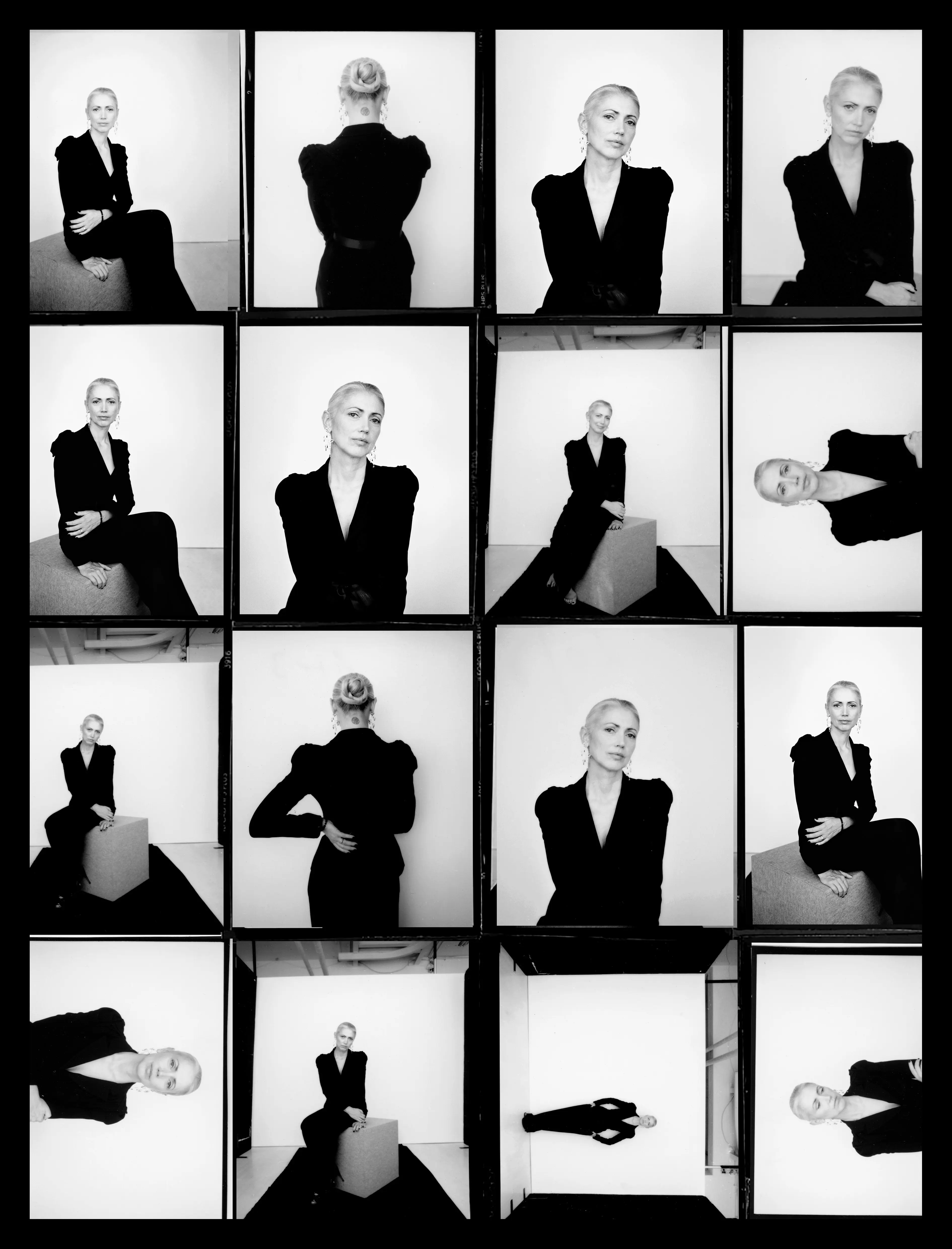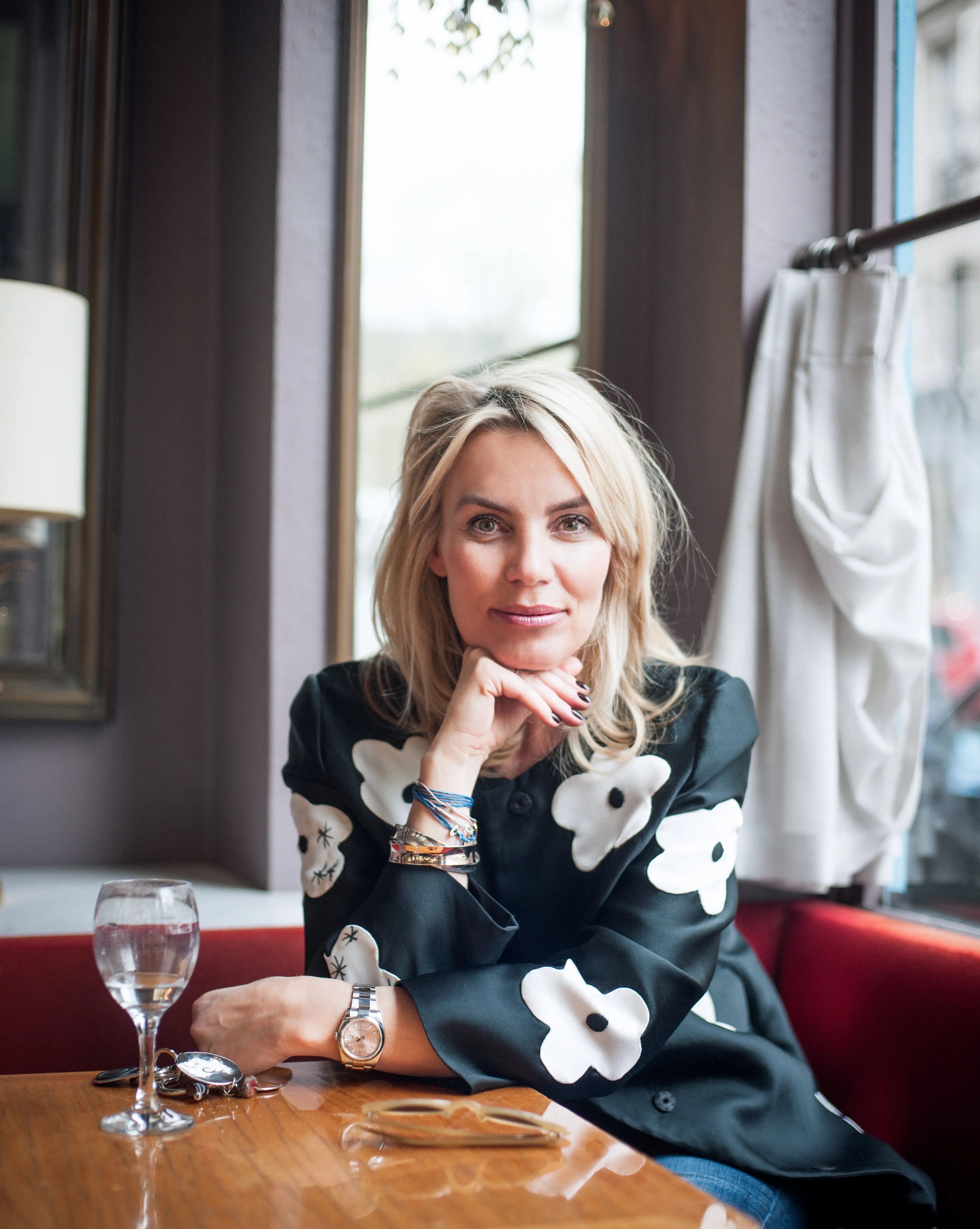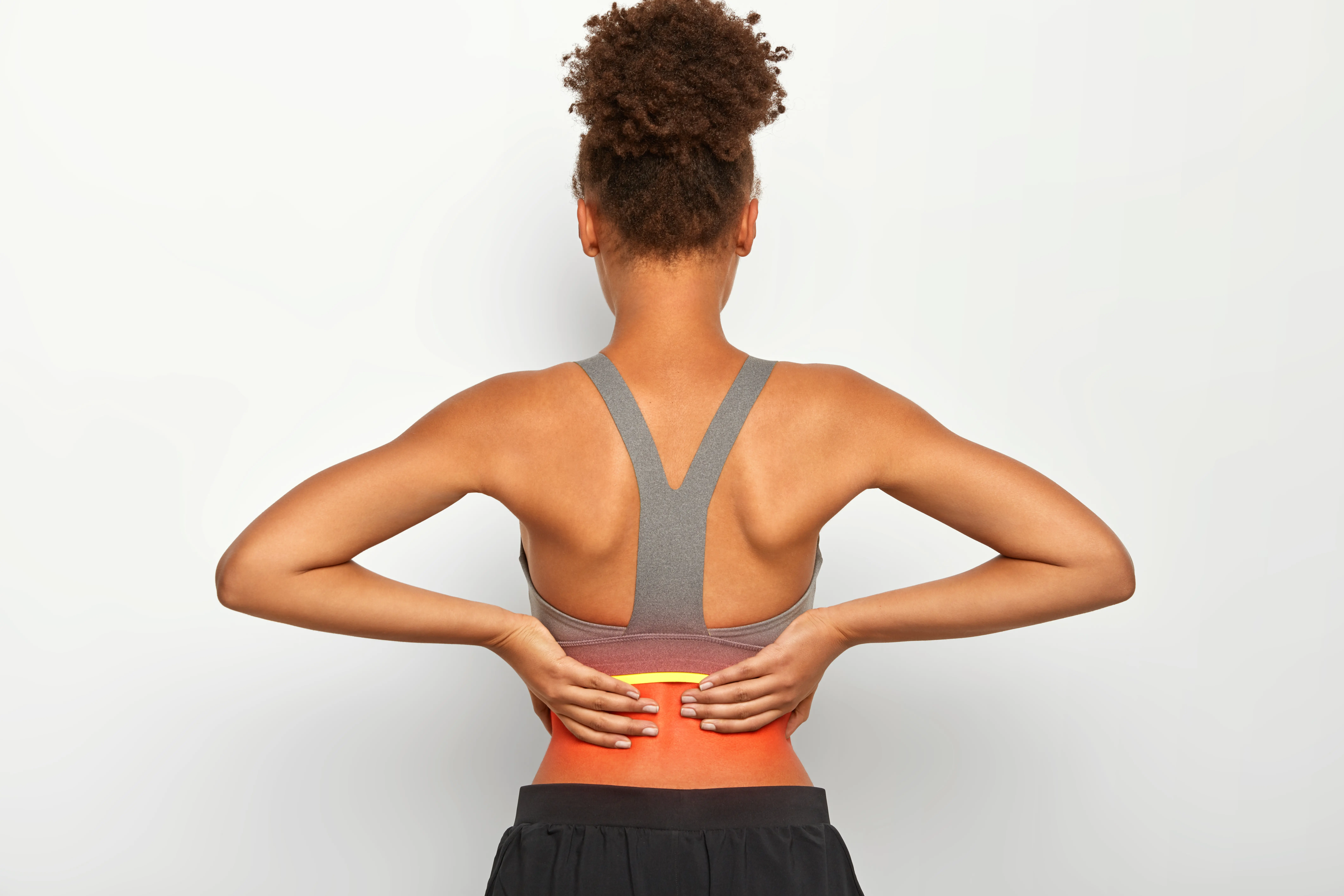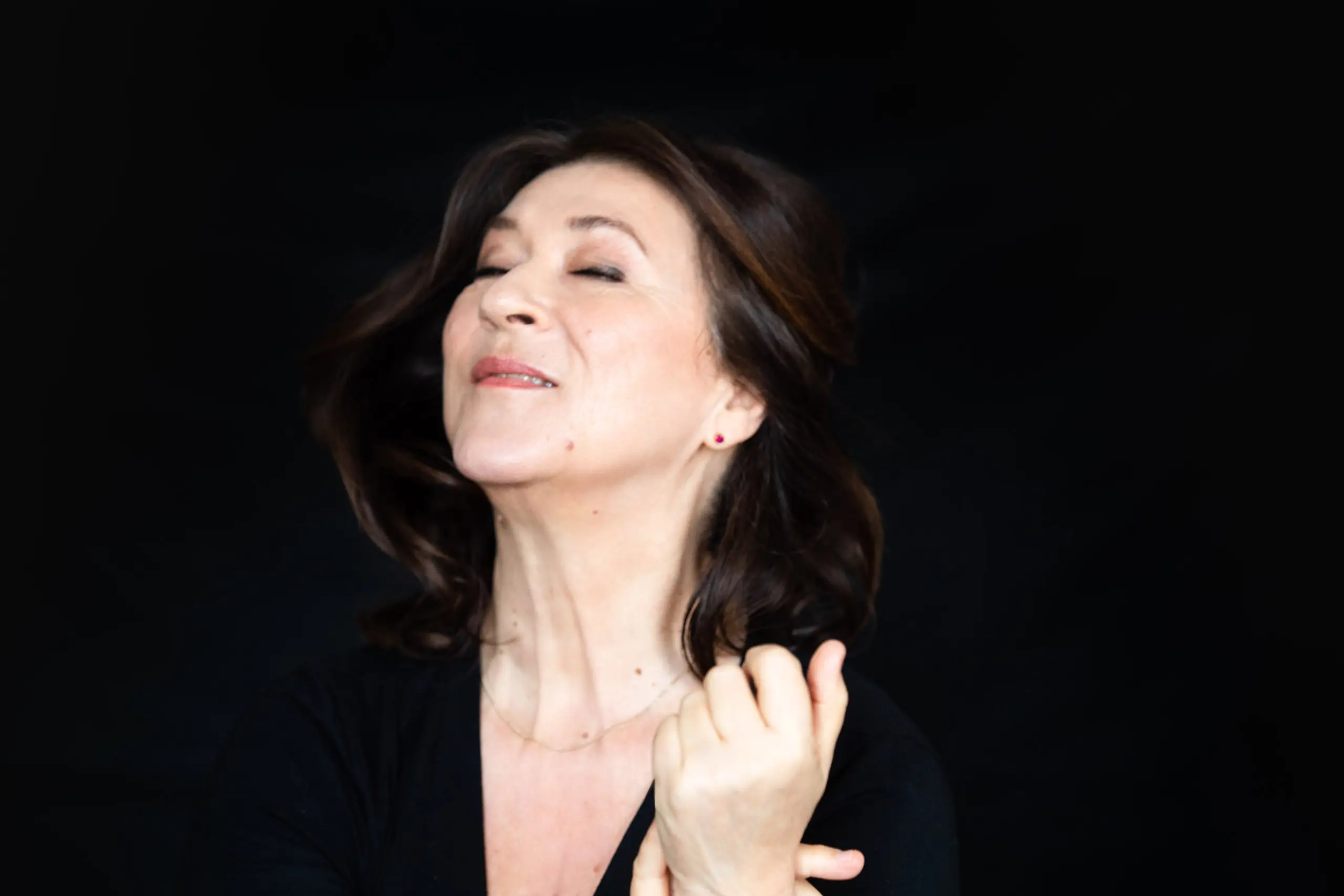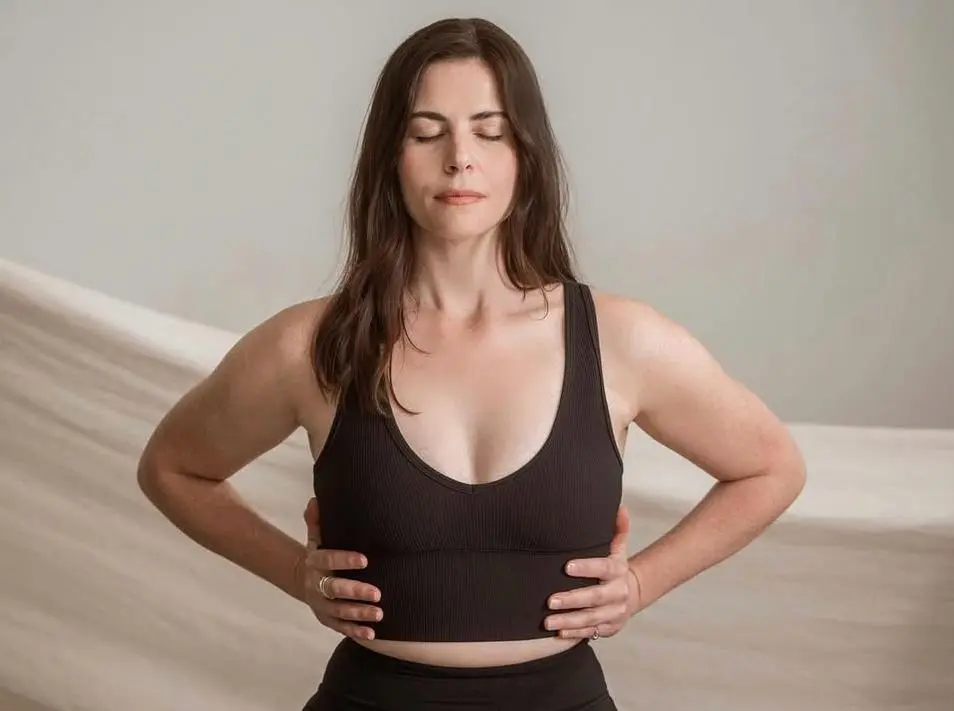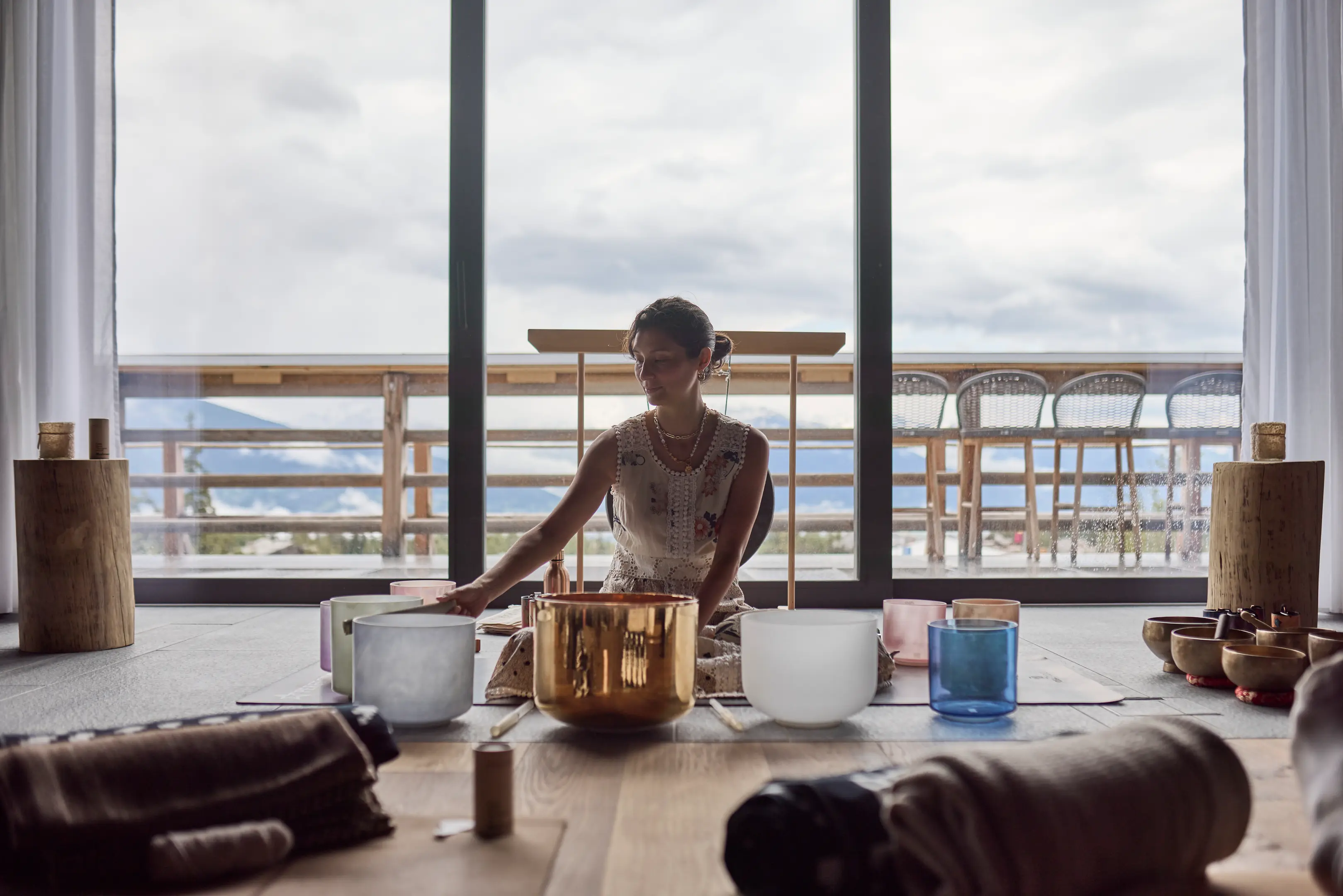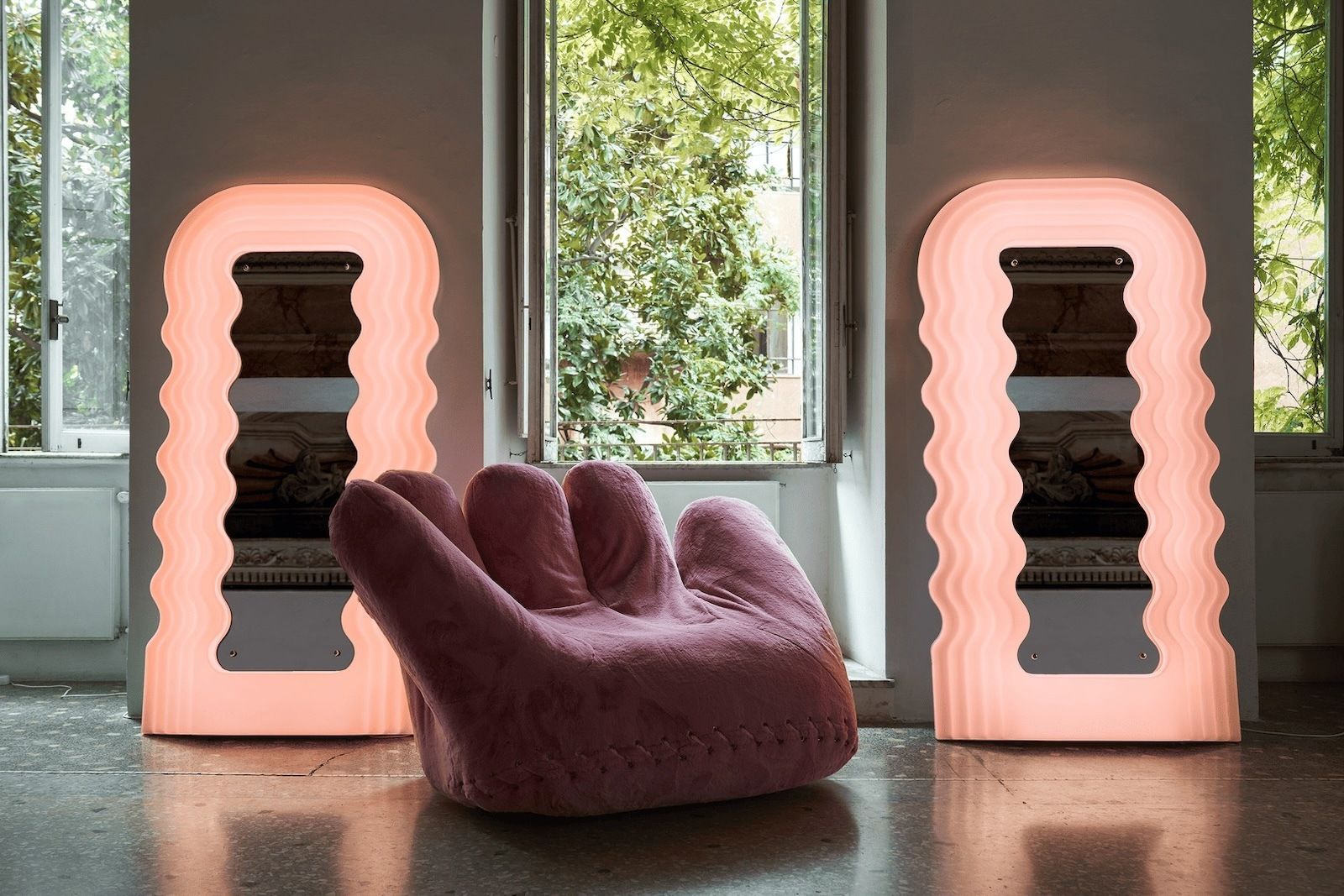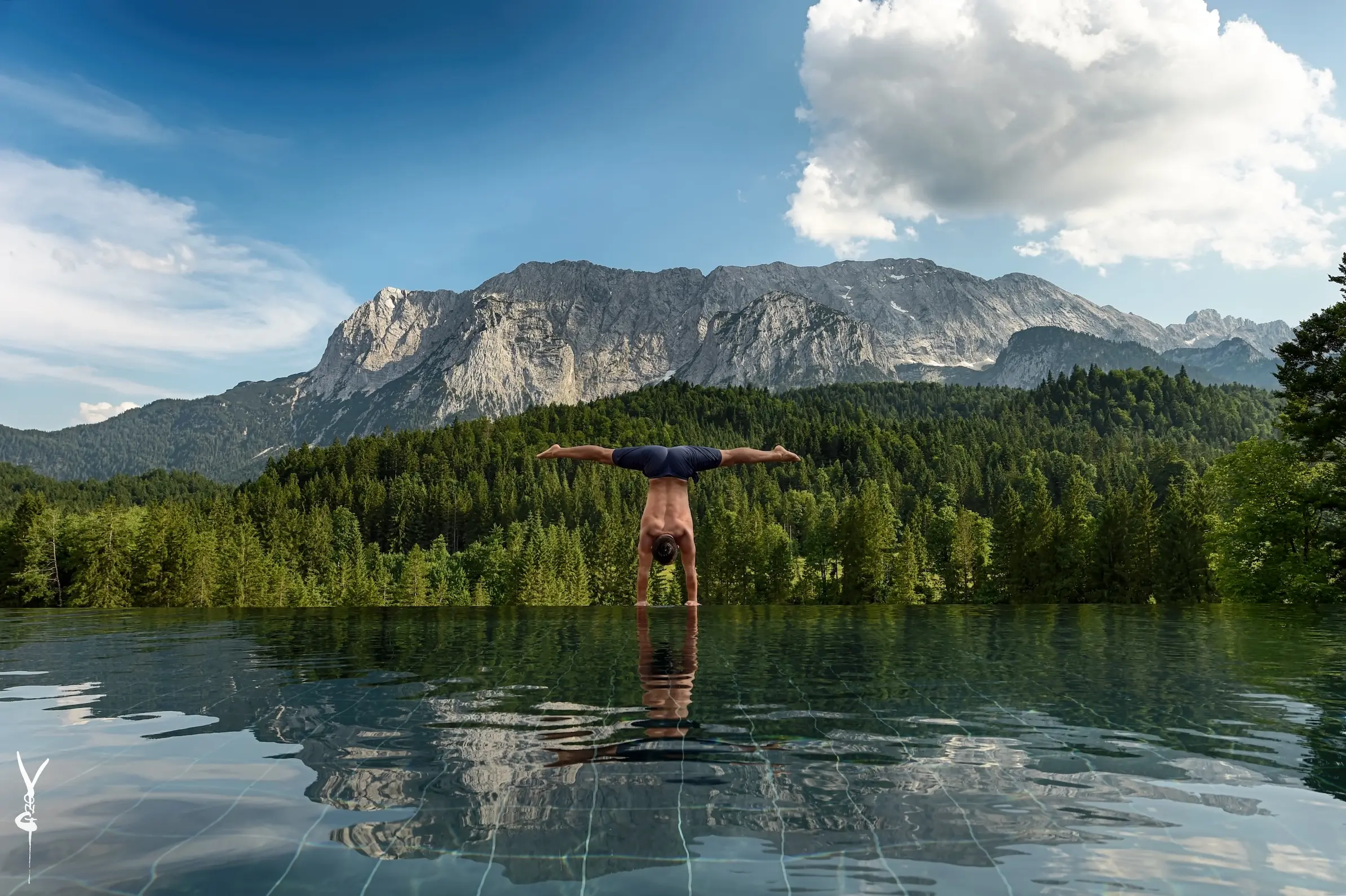Sometimes accomplices, protector (sometimes also weapon) or best friend – what makes fashion so hard to resist, which has practically accompanied me professionally my entire life? Why do I reach for exactly this piece? Maybe because it gives me a very specific feeling.
The feeling of being able to be who I am or would like to be, even though I am actually not at all. Not yet? It doesn't matter whether the choice falls on a dress with spaghetti straps or a men's suit.
Christiane Arp: In my youth, I was attracted to the androgynous.
For me, it was my grandpa's suits in my youth. The androgyny, the body-covering nature of this look attracted me. In the early 1980s, Japanese designers like Yohji Yamamoto and Rei Kawakubo inspired me, as they represented exactly how I wanted to look.
Or the tuxedo for women by Yves Saint Laurent. I love this dialogue of sensual, transparent chiffon with the perfect shoulders of a tuxedo.
Because then sometimes maybe I do want exactly the feminine, exactly this small, seductive element that the transparent chiffon blouse implies. I intuitively determine the staging of how I want to be at that moment. That's my style. Do I wear this perfectly suited suit with sneakers or with high heels at the moment? Do I wear it with lipstick or completely without make-up, "undone" or "big hair"?
Christiane Arp: "Clothing must support you."
Clothing must support you, must carry you in the figurative sense, but must never impose anything on you. Then this magical moment arises when you put something on and automatically stand a little straighter because it just feels great.
This feeling is taken to the extreme by haute couture. The first haute couture outfit I wore was a Chanel coat. I had it with me as a fashion editor during a photo shoot. I tried it on because I wanted to know if it felt special. So I put it on and thought: wow!
Yes, it did something to me, even though it wasn't my style. Such a haute couture piece is made specially for you - with all the knowledge, all the know-how, all the craftsmanship that goes into it. With the aura of the fashionable queen class. You put it on and feel it in the very same second.
Arriving in an outfit is probably the key. No object is closer to my body than a piece of clothing - perfume perhaps, because it makes and changes my scent. Clothes cool me, warm me, protect me. These are the basic needs fulfilled by clothing. They come with a positive feeling – it cools me and it also feels great. Ah, silk... Or: It warms me and it also feels great. Cashmere...!
Permanent change is an essential characteristic in fashion.
These feelings allow me to truly arrive in my clothes. And if someone slips into a role with an outfit, then there needs to be this moment of arriving. Every actor, every actress can confirm that. The scratchy costume is exactly right for the role when the impression of discomfort is to be conveyed.
